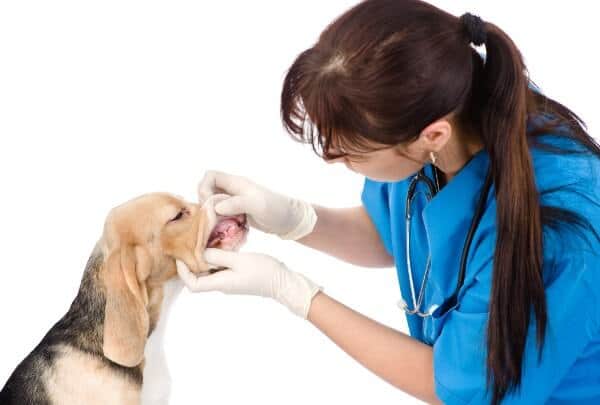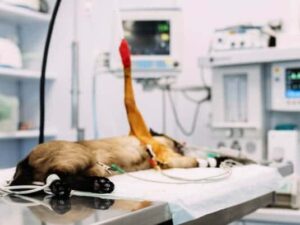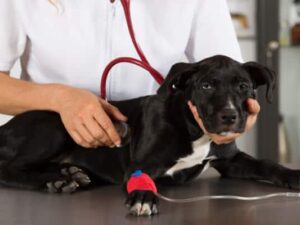
Menu


£255.00 Ex VAT
Confirmed Running
Start: 8th April 2024
CPD: 15 hours (UK), 15 points (AUS, NZ) over 6 / 8 weeks
Level: Introduction / Intermediate
This course is aimed at nurses working in general practice
Learning objectives
After completion of this week, participants should be able to:
Learning materials this week:
(released on Monday morning for on demand learning until the course ends – approximate timings)
Learning objectives
After completion of this week, participants should be able to:
Learning materials this week:
(released on Monday morning for on demand learning until the course ends – approximate timings)
Learning objectives
After completion of this week, participants should be able to:
Learning materials this week:
(released on Monday morning for on demand learning until the course ends – approximate timings)
Learning objectives
After completion of this week, participants should be able to:
Learning materials this week:
(released on Monday morning for on demand learning until the course ends – approximate timings)
Learning objectives
After completion of this week, participants should be able to:
Learning materials this week:
(released on Monday morning for on demand learning until the course ends – approximate timings)
Learning objectives
After completion of this week, participants should be able to:
Learning materials this week:
(released on Monday morning for on demand learning until the course ends – approximate timings)
The course will be fully tutored by Claire Bloor and will consist of 15 hours of CPD given in various formats, including tutorials, tasks, case scenarios, forum discussions and quizzes. This course is tutored for 6 weeks, followed by a two week extension of untutored ‘catch up’ time, before the course officially ends.
All delegates will then have unlimited lifetime access to the learning material for future reference
Claire Bloor MA Ed, BSc (Hons) VN, RVN, PGCE, QTLS, Cert VN (Dent), IQA
Veterinary Senior Lecturer – School of Veterinary Medicine, University of Central Lancashire
Claire qualified as a Veterinary Nurse in 2003, when she graduated with a First Class Honours Degree in Veterinary Nursing from Myerscough College, and The University of Central Lancashire. She worked at Hillcrest Animal Hospital in Chorley until the end of 2005 and completed the BVNA Veterinary Nurse Certificate in Dentistry in 2004. Claire then began part-time work at Petmedics Veterinary Surgeons in Manchester with a referral dental veterinary surgeon and part-time veterinary nursing and animal care teaching at Myerscough College.
In 2006 she accepted the full-time post of Veterinary Nursing Lecturer at Myerscough College and completed her PCGE in 2007, Masters Degree in Education in 2011, and QTLS teaching qualification in 2012. She also enrolled on a Professional Doctorate in Education in 2012.
Having taught part-time for a year, in 2006 Claire accepted the full-time post of Veterinary Nursing Lecturer at Myerscough College and eventually became Head of Area for Veterinary Nursing and Farriery. She taught all levels of student VN since 2005, on courses including the Further Education Level 3 Diploma, the FdSc Veterinary Nursing, the RCVS Diploma in Advanced Veterinary Nursing, BSc (Hons) top-up degrees and the RCVS Certificate in Advanced Veterinary Nursing; her main teaching was focused on the Higher Education Veterinary Nursing courses.
Claire is now a Veterinary Senior Lecturer in the School of Veterinary Medicine at the University of Central Lancashire, and her role involves teaching the veterinary students, development / delivery / quality assurance of all assessments, and promoting inter-professionalism within the vet-led team.
This online course is worth 15 hours of CPD.
A certificate will be available from the ‘My Courses’ section, for you to download and print, once you have completed the course. A permanent record of your total CPD hours will also be recorded in your account section.
The Australian Veterinary Nurse and Technician (AVNAT) Regulatory Council has allocated 15 AVNAT CPD points to this continuing education activity.
This course is also recognised by the New Zealand Veterinary Nursing Association (NZVNA) as providing 15 CPD points.
Upon purchase you will be registered to attend the course, for 4 weeks from the start date. The course will consist of various interactive tasks and lessons, including quizzes, case studies, forum discussions and further reading material.
The course is fully tutored, with new material will be provided each Monday morning, but the onus will be on the individual delegate to ensure that all tasks are fully complete. The certificate will only be issued at the end of the course when all tasks have been accomplished. Fewer CPD hours will be awarded at the the end of the course if there are unfinished tasks or there has been no contribution to the discussion forum, for example
The course is fully flexible, and there are no weekly ‘deadlines’ – the lessons and tasks may be completed whenever is convenient for each delegate, and any live lessons with be recorded and made available later that same day. Furthermore, all the course material will be available for a further 2 weeks, to allow delegates the opportunity to catch up on missed lessons and tasks, or to take the opportunity to delve further into the suggested reading texts. Please note however, that the course will not be tutored by the speaker during these final two weeks, but the time spent will count towards your CPD hours
After 6 weeks, the course will be complete and there will be no further opportunity to gain the certificate or CPD hours, however, you will have unlimited lifetime access to the tutorials, further reading and quizzes for future reference. If you make any personal notes during the course using the ‘take notes’ app, these will be saved, along with your certificate and CPD record for permanent access in ‘My CPD’
This course has been listed as ‘Introduction / Intermediate’ level
All of our courses are aimed at veterinary nurses in general practice, but everyone who works in the veterinary profession is very welcome to attend, whether you are a clinical receptionist, veterinary surgeon, student nurse or have been a qualified nurse for over 20 years!
The courses are not formally assessed for skill level, so the following CPD levels are just a rough guide to help you decide if a course may be more or less suitable:
Introduction
– maybe most suitable for qualified nurses in general practice approaching a new topic or looking for a refresher course
Intermediate
– maybe most suitable for qualified nurses in general practice along with referral / specialist nurses looking for a refresher course
Advanced
– maybe most suitable for referral / specialist nurses and highly experienced qualified nurses in general practice
You will earn 255 Pawprint Points (£25.50 website credit) when you purchase this course
Our loyalty scheme rewards you with 10% in website credit to spend on future courses. Choose pay with Pawprint Points during checkout.
Please ask your practice manager or accounts department to visit the website, register an account in their own name, and during checkout, complete the ‘delegate name’ and ‘delegate email’ sections with your personal details. We will then register you a personal account on your behalf, and transfer the course booking over to your new personal account. We will of course email you all the information you need to access this new account and your CPD course.
If you need an invoice and no other payment method is available to you, then please email [email protected] with all the following information:
Please note the following:





Excel CPD specialises in providing online CPD for veterinary nurses and technicians all over the globe. Our courses are also fully approved by AVNAT for our nursing colleagues in Australia and New Zealand.
©2009-2024 Excel CPD | Terms and Conditions | Privacy Policy
Tara Collins –
Extremely informative course, lots of tips and tricks for improving our patients dentals! I liked how very important information was repeated in each tutorial so that it concreted my knowledge. The tutor was very knowledgeable and gave us information to be able to look after equipment to a high standard. I will be implementing lots of information I have learnt into my practice as an RVN. Thank you!
Sophie-Jade Stevenson –
The course has been amazing at improving my knowledge on animal dentistry. due to this, I can now help my practice to improve dental care, whether that be through dental clinics or application of knowledge learnt during dental procedures. The lecturer seems to be very enthusiastic about the subject and this has helped the message knowledge to stick.
Kelly Onolfo –
Very good course, very in depth.
Holly Smith –
excellent!
Rebecca Mackay –
Easy to follow. Full of information.
Rosie Forester –
Really informative and interesting
Ashleigh Sage –
I found the course very detailed and thorough. Good amount of materials available.
Holly Berresford –
i really enjoyed this course!! the way it is modulated and the information is spread out over a few weeks helps focus your learning and put in to play the different aspects each week. The homework is not overwhelming at all! and again it helps put your knowledge into practice. The dental charting i found the hardest, but practice makes perfect
The tutorials are done at a nice pace, easy to follow and very visual which i liked. p.s some questions will be from what claire has SAID rather than what’s on the slide so pay attention
10/10!!
Lucy Goddard –
This course was very useful for expanding my knowledge in dentistry and has given me ideas to suggest for my practice in the future
Shannon Selvaggio –
Good knowledge, easy to understand and follow.